Title: The Price of Hazelnut and Peanut: A Comprehensive Analysis of the Journey from Production to Consumption Introduction: The price of agricultural commodities is subject to a multitude of factors, including production costs, supply and demand dynamics, market speculation, transportation costs, and consumer preferences. In this article, we will delve into the price determinants of two popular nuts: hazelnuts and peanuts. We will explore the production process, global supply chain, pricing structures, and the impact of market factors on the final retail prices. 1. Production Process: Hazelnuts and peanuts undergo a process that involves cultivation, harvesting, processing, and distribution. Growers provide optimal growing conditions, including soil, climate, and water requirements.
nuts
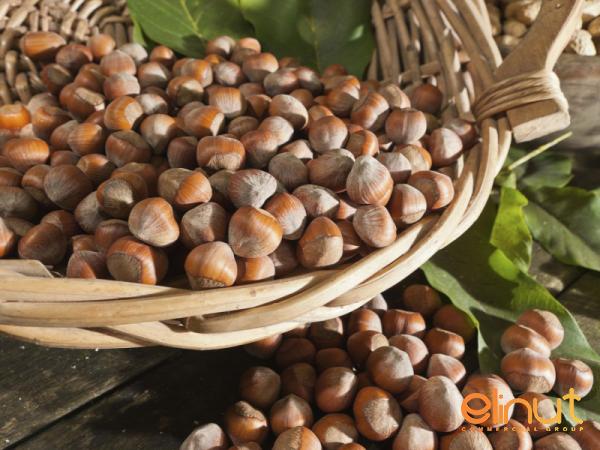 The cultivation phase includes activities such as planting, fertilizing, and pest control, all of which have associated costs. Similarly, peanuts are grown in a similar manner, requiring sufficient land area, water, and nutrients to achieve a healthy crop yield. 2. Cost of Production: The cost of production plays a significant role in determining the final price of hazelnuts and peanuts. This cost includes labor, fuel, machinery, fertilizers, pesticides, packaging, and other overhead expenses. Labor remains a significant factor in both the cultivation and harvesting processes, especially during peak seasons when demand for labor is high. Additionally, fluctuations in prices of fertilizers and pesticides can impact the overall production costs. 3. Supply and Demand Dynamics: Supply and demand dynamics greatly influence the price of hazelnuts and peanuts.
The cultivation phase includes activities such as planting, fertilizing, and pest control, all of which have associated costs. Similarly, peanuts are grown in a similar manner, requiring sufficient land area, water, and nutrients to achieve a healthy crop yield. 2. Cost of Production: The cost of production plays a significant role in determining the final price of hazelnuts and peanuts. This cost includes labor, fuel, machinery, fertilizers, pesticides, packaging, and other overhead expenses. Labor remains a significant factor in both the cultivation and harvesting processes, especially during peak seasons when demand for labor is high. Additionally, fluctuations in prices of fertilizers and pesticides can impact the overall production costs. 3. Supply and Demand Dynamics: Supply and demand dynamics greatly influence the price of hazelnuts and peanuts.
Specifications of nuts
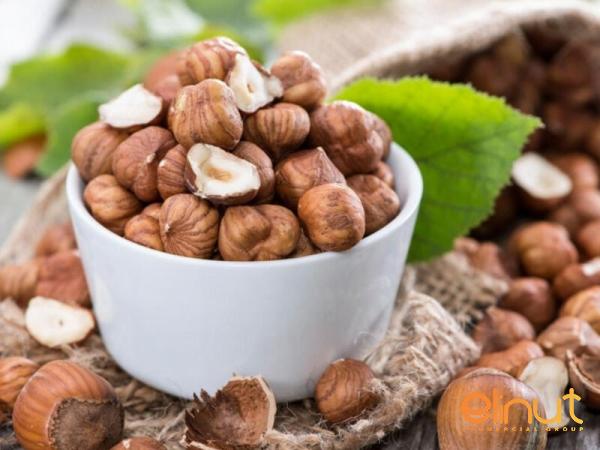 Changes in the global population, income levels, dietary preferences, and consumer habits play a crucial role in shaping the demand for these nuts. Similarly, supply fluctuations due to weather conditions, diseases, or government policies affect market pricing. Demand-side factors such as the incorporation of hazelnuts and peanuts in various food applications, including confectionery, spreads, and snacking products, can lead to shifts in pricing. 4. Market Structures: The hazelnut and peanut markets consist of a network of intermediaries such as farmers, traders, processors, wholesalers, retailers, and consumers. Farmers typically sell their produce to traders or processors who further process and package the nuts. These middlemen play a role in determining the final price of the product at various stages in the supply chain. The distribution and marketing costs incurred by wholesalers and retailers are also significant elements influencing the price structure.
Changes in the global population, income levels, dietary preferences, and consumer habits play a crucial role in shaping the demand for these nuts. Similarly, supply fluctuations due to weather conditions, diseases, or government policies affect market pricing. Demand-side factors such as the incorporation of hazelnuts and peanuts in various food applications, including confectionery, spreads, and snacking products, can lead to shifts in pricing. 4. Market Structures: The hazelnut and peanut markets consist of a network of intermediaries such as farmers, traders, processors, wholesalers, retailers, and consumers. Farmers typically sell their produce to traders or processors who further process and package the nuts. These middlemen play a role in determining the final price of the product at various stages in the supply chain. The distribution and marketing costs incurred by wholesalers and retailers are also significant elements influencing the price structure.
Buy nuts
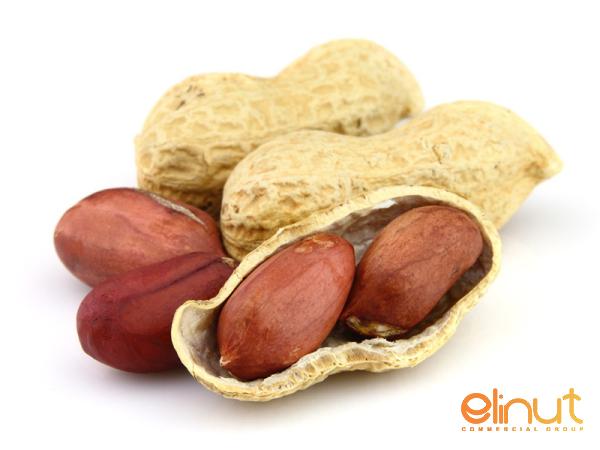 5. Global Trade and Transportation Costs: Hazelnuts and peanuts are exported and imported globally, with countries like Turkey, the United States, China, and Spain being leading producers and exporters. Importing countries incur transportation costs, including shipping, customs duties, and other logistical expenses. International trade factors, such as tariffs, sanctions, or trade agreements, have a direct impact on the final price of these nuts. Additionally, exchange rates fluctuations can significantly influence the price paid by importers and exporters. 6. Market Speculation: Market factors such as speculation, investment, and trading activities in commodities markets can significantly impact hazelnut and peanut prices. Speculators, including hedge funds, traders, and investors, place bets on future price movements, creating volatility in the market. As a result, the price of these nuts can experience sudden shifts due to unpredictable market behavior resulting from speculation. 7. Consumer Preferences and Retail Pricing: Consumer preferences and demands also shape the price of hazelnuts and peanuts. Health trends promoting the consumption of nuts as part of a balanced diet have increased demand, thereby driving prices higher.
5. Global Trade and Transportation Costs: Hazelnuts and peanuts are exported and imported globally, with countries like Turkey, the United States, China, and Spain being leading producers and exporters. Importing countries incur transportation costs, including shipping, customs duties, and other logistical expenses. International trade factors, such as tariffs, sanctions, or trade agreements, have a direct impact on the final price of these nuts. Additionally, exchange rates fluctuations can significantly influence the price paid by importers and exporters. 6. Market Speculation: Market factors such as speculation, investment, and trading activities in commodities markets can significantly impact hazelnut and peanut prices. Speculators, including hedge funds, traders, and investors, place bets on future price movements, creating volatility in the market. As a result, the price of these nuts can experience sudden shifts due to unpredictable market behavior resulting from speculation. 7. Consumer Preferences and Retail Pricing: Consumer preferences and demands also shape the price of hazelnuts and peanuts. Health trends promoting the consumption of nuts as part of a balanced diet have increased demand, thereby driving prices higher.
nuts + buy and sell
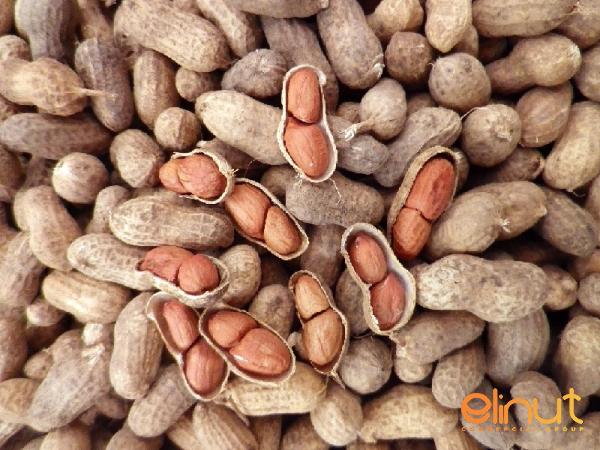 The positioning of these nuts as specialty products with unique flavors or organic certifications can lead to price premiums in the retail market. Additionally, retail pricing strategies, including product positioning, promotions, and profit margins, affect the final cost paid by consumers. Conclusion: The price of hazelnuts and peanuts is influenced by various factors ranging from production costs, supply and demand dynamics, market structures, transportation costs, market speculation, and consumer preferences. Understanding these factors is crucial in analyzing the pricing journey of nuts, from their initial cultivation to the final retail cost. By examining these aspects, stakeholders can gain insights into the pricing dynamics, make informed decisions, and navigate the hazelnut and peanut market more effectively.
The positioning of these nuts as specialty products with unique flavors or organic certifications can lead to price premiums in the retail market. Additionally, retail pricing strategies, including product positioning, promotions, and profit margins, affect the final cost paid by consumers. Conclusion: The price of hazelnuts and peanuts is influenced by various factors ranging from production costs, supply and demand dynamics, market structures, transportation costs, market speculation, and consumer preferences. Understanding these factors is crucial in analyzing the pricing journey of nuts, from their initial cultivation to the final retail cost. By examining these aspects, stakeholders can gain insights into the pricing dynamics, make informed decisions, and navigate the hazelnut and peanut market more effectively.



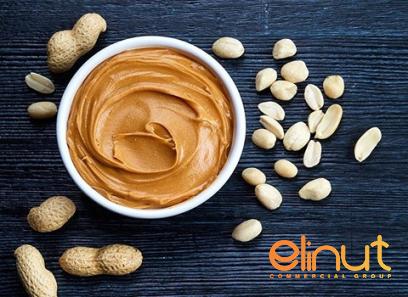

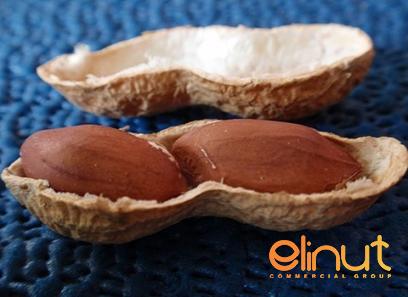
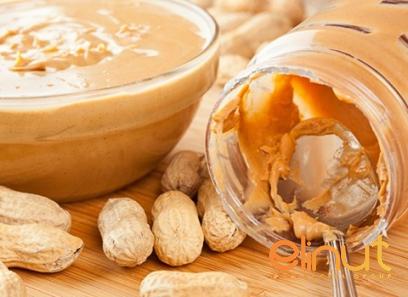
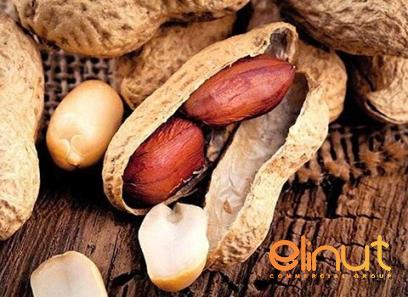
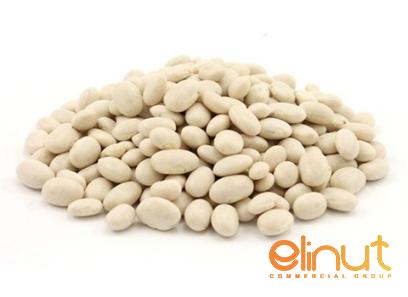

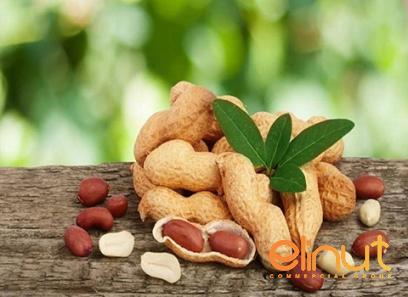
Your comment submitted.